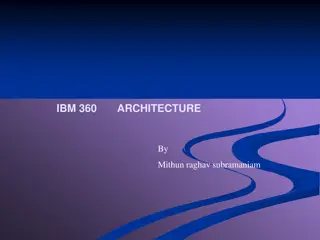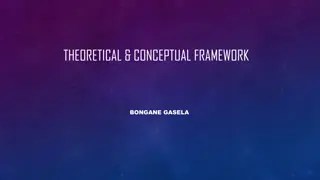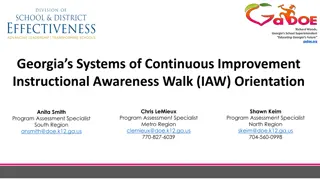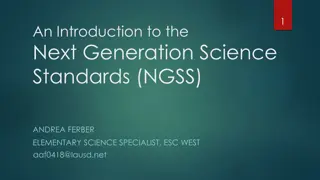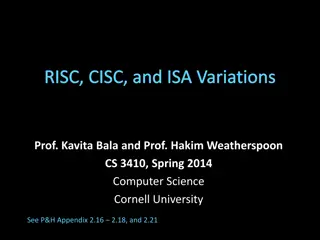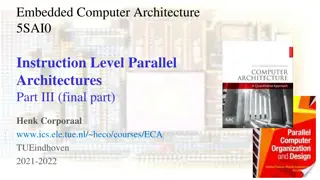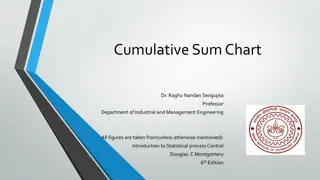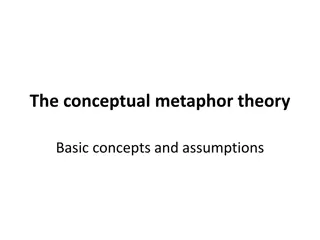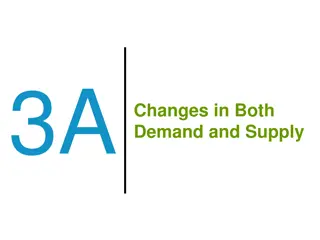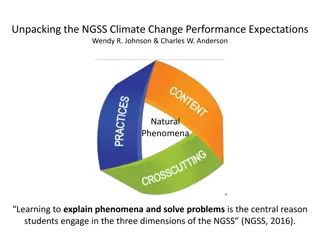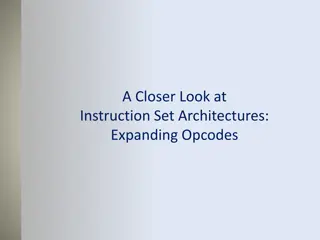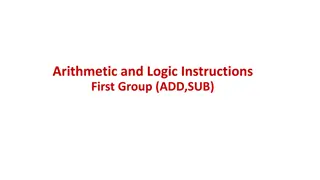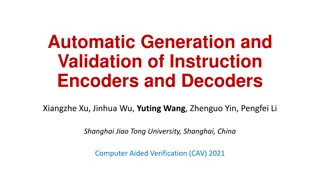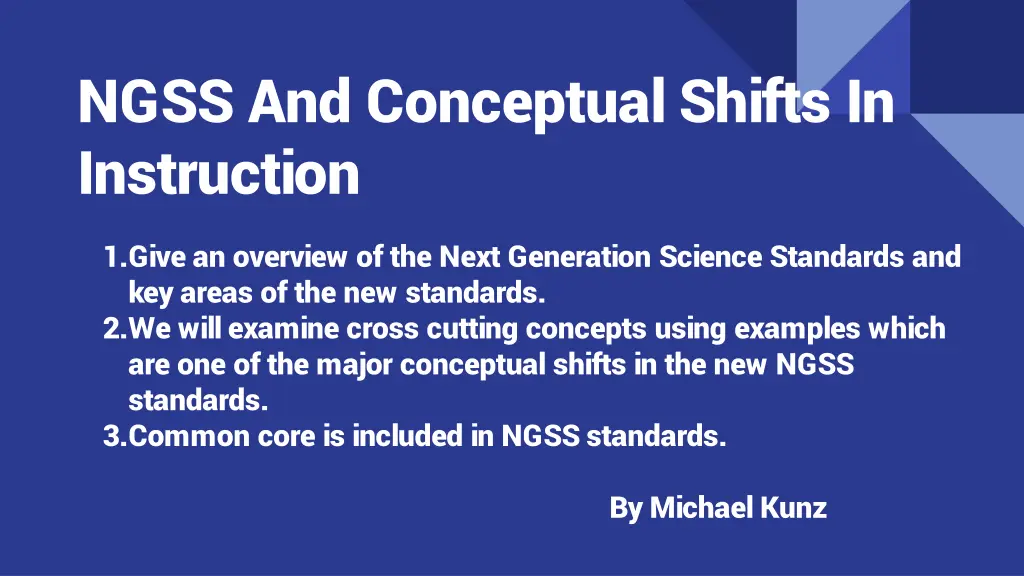
Next Generation Science Standards Shifts in Instruction
Discover the key areas of the Next Generation Science Standards (NGSS) and explore major conceptual shifts, such as crosscutting concepts, disciplinary core ideas, and science and engineering practices. Learn how terminology has evolved in the standards and how NGSS integrates Common Core elements. Gain insights into the importance of Disciplinary Core Ideas (DCI) and Science and Engineering Practices for a comprehensive science education. Enhance your understanding of how Crosscutting Concepts help students make connections across scientific domains. Dive into instructional practices using Biological Evolution: Unity and Diversity as an example.
Download Presentation

Please find below an Image/Link to download the presentation.
The content on the website is provided AS IS for your information and personal use only. It may not be sold, licensed, or shared on other websites without obtaining consent from the author. If you encounter any issues during the download, it is possible that the publisher has removed the file from their server.
You are allowed to download the files provided on this website for personal or commercial use, subject to the condition that they are used lawfully. All files are the property of their respective owners.
The content on the website is provided AS IS for your information and personal use only. It may not be sold, licensed, or shared on other websites without obtaining consent from the author.
E N D
Presentation Transcript
NGSS And Conceptual Shifts In Instruction 1.Give an overview of the Next Generation Science Standards and key areas of the new standards. 2.We will examine cross cutting concepts using examples which are one of the major conceptual shifts in the new NGSS standards. 3.Common core is included in NGSS standards. By Michael Kunz
Comparing Terminology in Standards Old: Students will know New: Conduct an investigation Develop and use a model Use argument supported by evidence Gather and synthesize information Evaluate competing design solutions
Disciplinary Core Ideas (DCI) are the key ideas in science that have broad importance within or across multiple science or engineering disciplines. These core ideas build on each other as students progress through grade leveled and are grouped into the following four domains: Physical Science, Life Science, Earth and Space Science and Engineering. http://www.nextgenscience.org/
Science and Engineering Practices describe what scientists do to investigate the natural world and what engineers do to design and build systems. The practices better explain and extend what is meant by inquiry in science and the range of cognitive, social, and physical practices that it requires. Students engage in practices to build, deepen, and apply their knowledge of core ideas and crosscutting concepts. http://www.nextgenscience.org/
Crosscutting Concepts help students explore connections across the four domains of science, including Physical Science, Life Science, Earth and Space Science, and Engineering Design When these concept, such as cause and effect are made explicit for students, they can help students develop a coherent and scientifically-based view of the world around them http://www.nextgenscience.org/
Crosscutting Concepts: How would crosscutting concepts look in instructional practice? Using Biological Evolution: Unity and Diversity as an example. - Examine the standard - Look at crosscutting concepts, Science and Engineering Practices and Disciplinary Core Ideas for this standard
Students who demonstrate understanding can: MS-LS4-1. document the existence, diversity, extinction, and change of life forms throughout the history of life on Earth under the assumption that natural laws operate today as in the past. [Clarification Statement: Emphasis is on finding patterns of changes in the level of complexity of anatomical structures in organisms and the chronological order of fossil appearance in the rock layers.] [Assessment Boundary: Assessment does not include the names of individual species or geological eras in the fossil record.] Analyze and interpret data for patterns in the fossil record that
Disciplinary Core Ideas LS4.A: Evidence of Common Ancestry and Diversity The collection of fossils and their placement in chronological order (e.g., through the location of the sedimentary layers in which they are found or through radioactive dating) is known as the fossil record. It documents the existence, diversity, extinction, and change of many life forms throughout the history of life on Earth. (MS-LS4-1) ***Supplemental DCI ESS1.C, ESS2.B Anatomical similarities and differences between various organisms living today and between them and organisms in the fossil record, enable the reconstruction
Science and Engineering Practices Analyzing and Interpreting Data Analyzing data in 6 8 builds on K 5 experiences and progresses to extending quantitative analysis to investigations, distinguishing between correlation and causation, and basic statistical techniques of data and error analysis. Analyze displays of data to identify linear and nonlinear relationships. (MS-LS4- 3)Analyze and interpret data to determine similarities and differences in findings. (MS-LS4-1) Using Mathematics and Computational Thinking Mathematical and computational thinking in 6 8 builds on K 5 experiences and
Crosscutting Concepts Patterns Patterns can be used to identify cause and effect relationships. (MS-LS4-2) Graphs, charts, and images can be used to identify patterns in data. (MS-LS4- 1),(MS-LS4-3) Cause and Effect Phenomena may have more than one cause, and some cause and effect relationships in systems can only be described using probability. (MS-LS4-4),(MS- LS4-5),(MS-LS4-6)
Investigating plate tectonics and volcanoes http://jules.unavco.org/VoyagerJr/Earth
Eyjafjallajokullvolcanic eruption 2010 (VEI 4)
Volcanic Eruptions in Earths History How would eruptions of this magnitude impact living organisms?
Yellowstone caldara Eruptions in the past What impact would a major eruption like this have on us today?
On April 10, 1815, Tambora Volcano Erupted Enough ash was put into the atmosphere from the April 10 eruption to reduce incident sunlight on the Earth s surface, causing global cooling, which resulted in the 1816 year without a summer. http://earthobservatory.nasa.gov/IOTD/view.php?id=39412 Mount Tombora --- VEI-7
Boston Independent Chronicle on June 17, 1816: On the night of 6th instant, after a cold day, Jack Frost paid another visit to this region of the country, and nipped the beans, cucumbers, and other tender plants. This surely is cold weather for summer. On the 5th we had quite warm weather, and in the afternoon copious showers attended with lightning and thunder --then followed high cold winds from the northwest, and back back again the above mentioned unwelcome visitor. On the 6th, 7th, and 8th June, fires were quite agreeable company in our habitations. http://history1800s.about.com/od/crimesanddisasters/a/The-Year-Without-A- Summer.htm
A group of writers, including Lord Byron, Percy Bysshe Shelley, and his future wife Mary Wollstonecraft Godwin, challenged each other to write dark tales inspired by the gloomy and chilly weather. Mary Shelley wrote her classic novel Frankenstein. http://history1800s.about.com/od/crimesanddisasters/a/The-Year-Without-A- Summer.htm
Internet Resources: NGSS: http://ngss.nesta.org www.earthscienceweek.org http://Ngsslifesciencelifescience.com http://www.cascience.org/csta/ngss.asp
Internet Resources Cont. Science Instruction: http://joidesresolution.org/ http://jules.unavco.org/VoyagerJr/Earth Earth Viewer http://www.hhmi.org/biointeractive/earthviewer

